Museum 2040—CFM’s “futures” issue of Museum magazine—was fairly US-centric, but it touched on issues of global concern. In today’s guest post, Jilda Andrews and Alex Marsden offer their vision of how these issues may play out in Australia in coming decades. Jilda is a member of the Yuwaalaraay nation, working at the National Museum of Australia and a PhD Candidate, Australian National University. Alex is the national director of Museums Australia, which is the national membership association and peak industry body for museums and galleries.
Omar Eaton-Martinez, from the inspirational National Museum of African American History and Culture, wrote in Museum 2040 about a future United States that had established its own Truth and Reconciliation Commission. Cara Krmpotich used that story as a springboard for a guest poston the CFM Blog to develop a confronting vision of Giving It All Away – her museum returning all their Indigenous collections, reconnecting knowledge to place, and learning “to give away, to give back, without fear and without loss”. Sarah Sutton used her article in Museum 2040 to deal with her frustration about “why aren’t museums doing more about environmental sustainability and climate response?”
In Australia, we have the two driving imperatives of better responding to climate change-affected environments and recognising the truths of our historical and continuing occupation of Indigenous land. We think (and hope) that a potential positive future could encompass responding to these two drivers by linking them. Environmental uncertainties could unwittingly become triggers for a broader cultural change in Australia, and by example, the world. In addition, our museums are currently facing very real challenges of decreasing public funding and questioning whether our core role should be as agents of change. In this blogpost we are saying yes to this vision of the future and suggesting one way it could come to pass.
25 January, 2040
Australia in 2040 is a culturally rich and vibrant place. In the face of relentless uncertain and threatening environmental extremities, Australians have come together as communities to better understand the unique conditions and history of ‘Country’ in order to co-develop strategies for sustainable futures. Museums across the country have led the way in making this change by providing a safe and informed place to explore our cultural histories and by bringing together the world’s creative cultural thinkers and ideas face to face with everyday Australians.
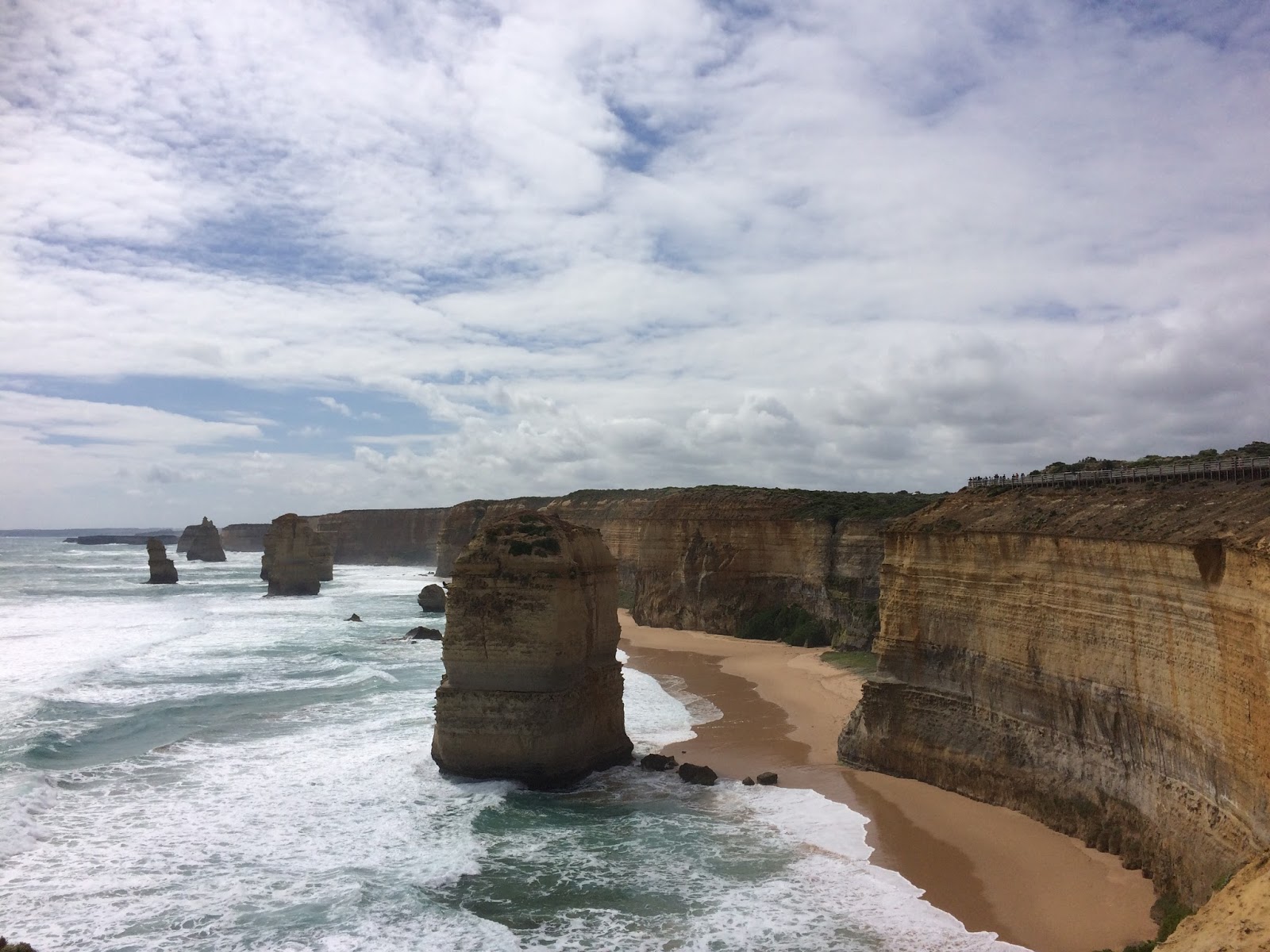 |
Apostles limestone rock formations,
Port Campbell National Park, Victoria
|
Environmental uncertainties such as longer periods of drought, increasingly destructive cyclone seasons and widespread water shortages have triggered broader cultural change in Australia. The devastation the Anthropocene has inflicted on the global population is not unlike the devastation faced by Indigenous peoples globally through colonisation, and Indigenous people through their survival and resilience, have become beacons of hope for people coming face to face with major disruption and uncertainty. A renewed focus on Traditional Ecological Knowledges of Indigenous Australians, communities of people who have sustained and in turn, been sustained by Country for over 60,000 years, has offered new approaches to better understand environmental responses and chart resilient futures.
Australia’s museums and keeping places hold and care for collections that document the symbiotic relationship between the environment and Indigenous people – some of the oldest continuing cultures on the planet. Working closer with Indigenous communities with an urgency and purpose to better understand the relationship between humans and the environment has fundamentally shifted the trajectory of museum work. Museums now value the ways that objects and artworks can illuminate sustainable practice, sophisticated relationships with land and the resilience of its people. The people of Australia cast a gaze hopefully towards museum collections as cues for resilience, and Indigenous agents are crucial to interpreting and continuing this knowledge.
Museums have become sites where these collaborative relationships have extended across cultural, historical and political divides, anchored both by a renewed respect for the past, and a shared stake in the future. They have done so by investing in leadership, taking risks, sharing power and decision-making with communities, and taking stock of a troubled past. They have done this by leading and expanding their sector of influence to one which better reflects the way Australia thinks of, values and enacts ‘culture’. They have done this by looking beyond organisational goals and charting aspirations alongside the communities they serve.
In 2017-18, Museums Australia co-developed a Roadmap for Change that was enthusiastically adopted, used and adapted by museums and Indigenous communities of all sizes and types across the country for the following 20 years.
The collaborative aspirations of the Australian people triggered a successful entry into the Treaty process in 2019.This process, which recognises the sovereignty of Indigenous people, had been called for since colonisation by the British Empire commenced in 1788 and rejected by the Australian Government as recently as 2017. One of the first outcomes of the process was the change of Australia’s national day from the date marking colonisation to a date during National Reconciliation Week. Overall, the Treaty process signalled a significant change in the way Australians thought, celebrated and practiced ‘culture’, and their relationship with the environment.
On the insistence of Indigenous Elders across the country, this process was coupled to a national investment into cultural heritage recognition and management. Under these mounting pressures the total amount of government and private funding for cultural organizations and programs quadrupled in the years following the launch of the Roadmap. Museums were brought into this significant early step of implementing Treaty as they themselves (through their history) represented the Imperial colonial project, and as such, have a unique capacity to help the public reflect upon Australia’s broad contested history.
As museums and other cultural institutions fought the ‘battle for relevance’ in the early
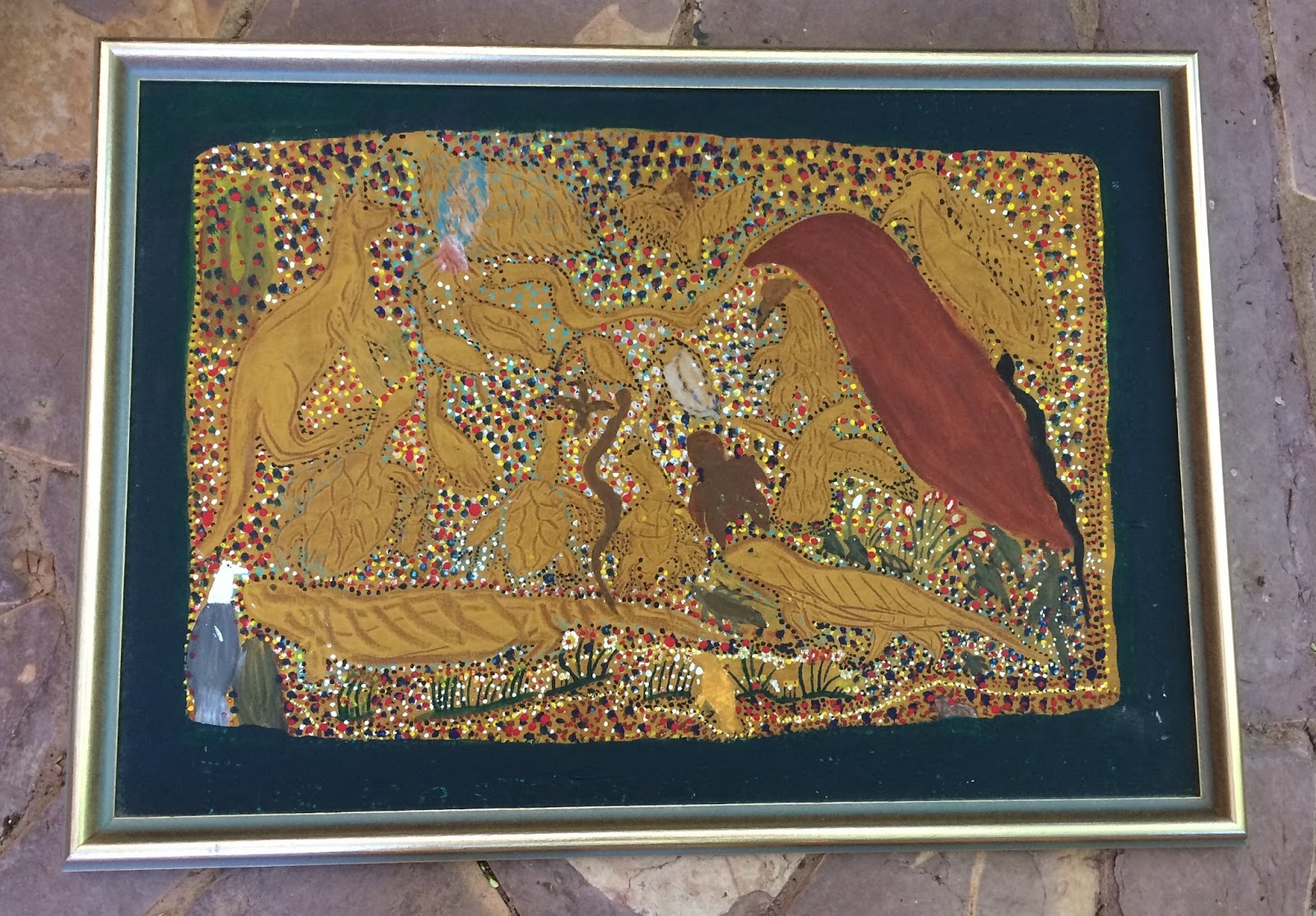 |
Bush Tucker in Ngukurr country (1993)
by Indigenous artist, Eva Rogers b 1925 |
2020s, the pathway to 2040 was guided by a persistent, vocal, and insistent public desperate for spaces to confront Australia’s difficult past, calling for secular spaces for reflection, mourning, and grief. This public voice resonated in a sensitive (and vulnerable) political environment and publicly-funded museums responded by foregoing international blockbuster exhibitions for introspection. The transformation of museums into unique cultural spaces has been crucial to the Treaty process. Australians had permission and space to come together and learn from each other’s experiences, and to build upon the achievements of individuals who have worked in the spirit of reconciliation since the early days of European contact.
As Australia matures, we have reached out to the world to share our understanding and journeys. Like many other countries colonised by the West, we have struggled with our history and a fractured society, but the way we moved to develop an integrated sense of identity and purpose has been inspiring for many. The decisive role of museums in partnering with Indigenous Australians on this national priority also inspired or reinforced a number of similar approaches to reconciliation elsewhere, in the process developing stronger societies, and better scientific knowledge and ecological awareness, in the face of confronting environmental change.
For example, decolonising and democratising processes for museums that were already underway in countries such as South Africa and Barbados, were strengthened by collaborations fostered by the Australian museum community and funded by Australia’s aid program, as the government realised the fundamental importance of this work world-wide.
Museums working in partnership with networks of Indigenous environmental heritage experts to educate communities on the role and importance of strategic burning and ‘firestick farming’ has been one of the most significant achievements in recent times and has led to a rejuvenation of native landscapes and a reduction in devastating fires. These programs are internationally recognised and gain more significance as fire prone conditions increase globally. Pilot programs are about to be rolled out in schools across the country which capture the resources of rejuvenated local ecological communities nurtured by strategic burning and illustrate them with objects from some of the country’s extensive ethnographic collections of Indigenous cultural heritage. Focusing on meaningfully reconnecting objects to ‘place’ has given new life to old collections.
The renewed value placed on cultural heritage in Country and within houses of culture like museums, has positioned contemporary Australian life rightfully within a rich cultural landscape. This landscape is one which reflects the original inhabitants, visitors, the waves of migration, the changing shore lines, skyline, skies and seas, and museums have cemented themselves as quintessential sites of ‘new culture’, where people actively come together to approach the challenges of Australian life in 2040 and respectfully acknowledge the diverse journeys taken so far.
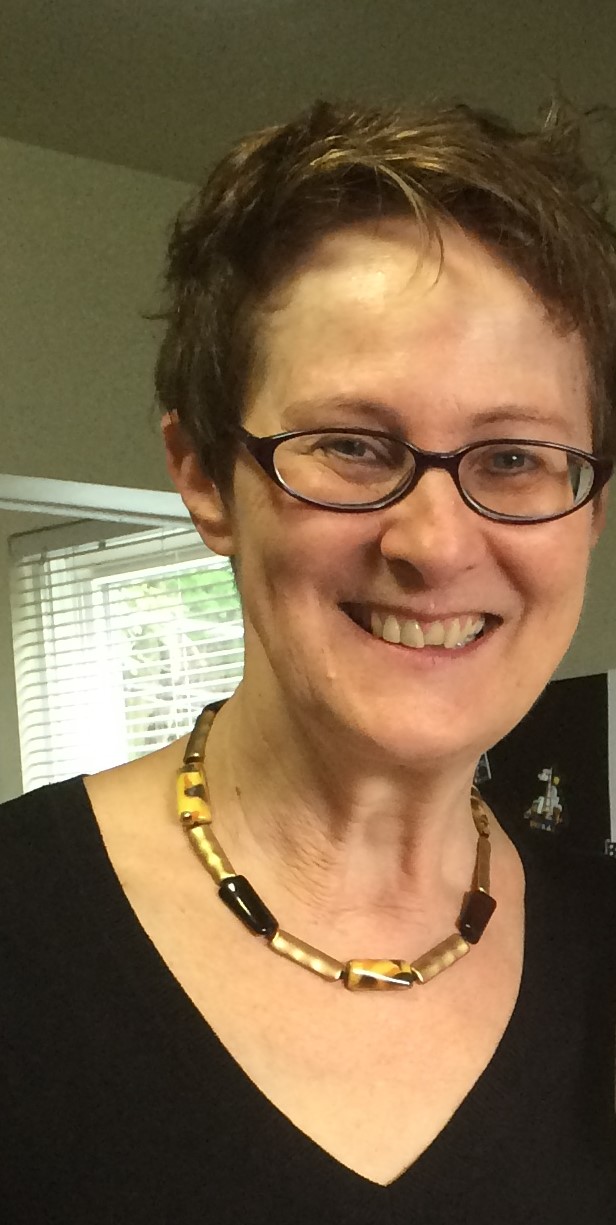 |
Alex Marsden is the national director of
Museums Australia |
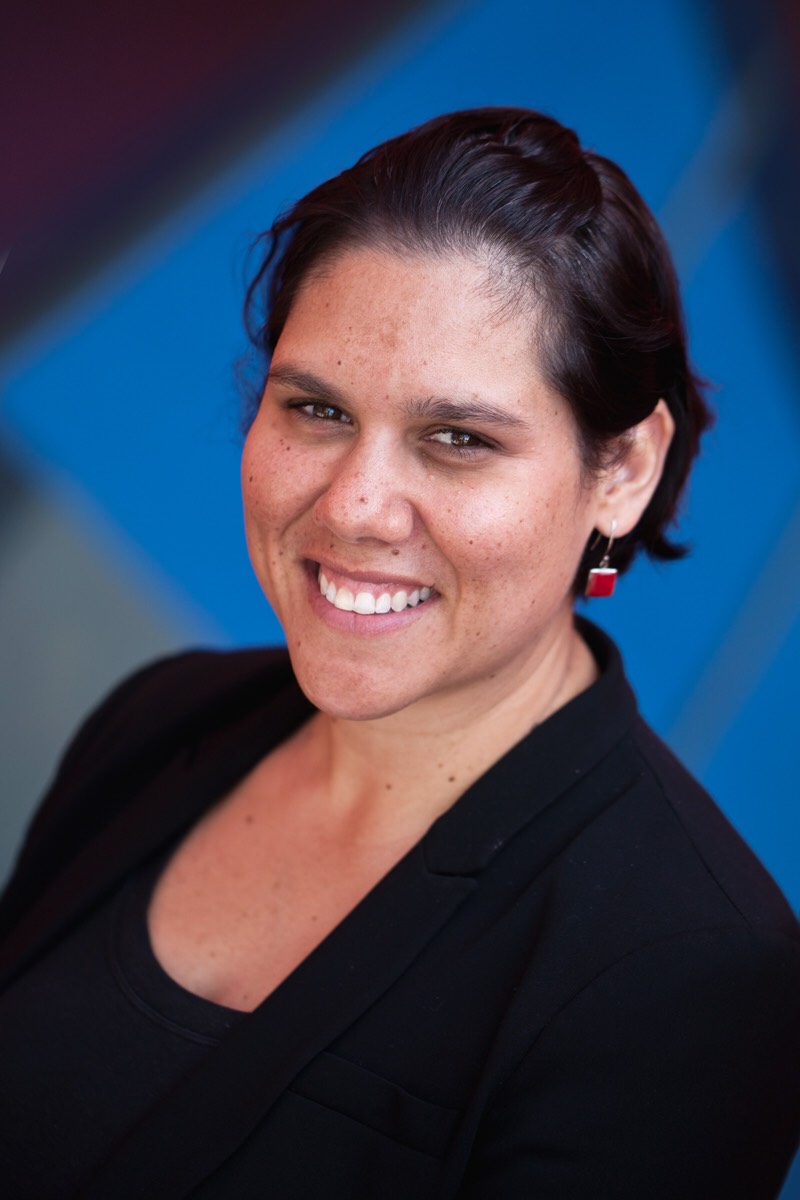 |
| Jilda Andrews is a member of the Yuwaalaraay nation, National Museum of Australia and PhD Candidate, Australian National University. |
Elizabeth Merritt

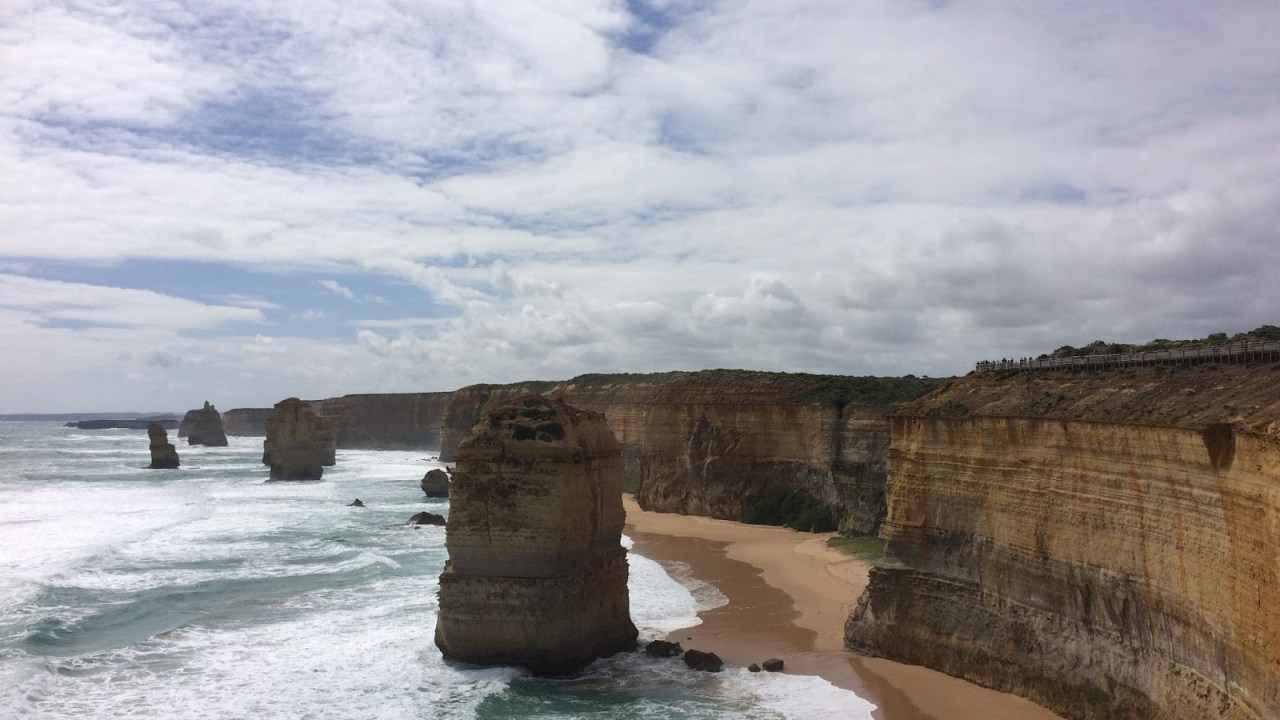













This is a marvelous, and marvelously-inspiring article, made all the more encouraging by the real opportunity to become the world that it envisions. Thank you.